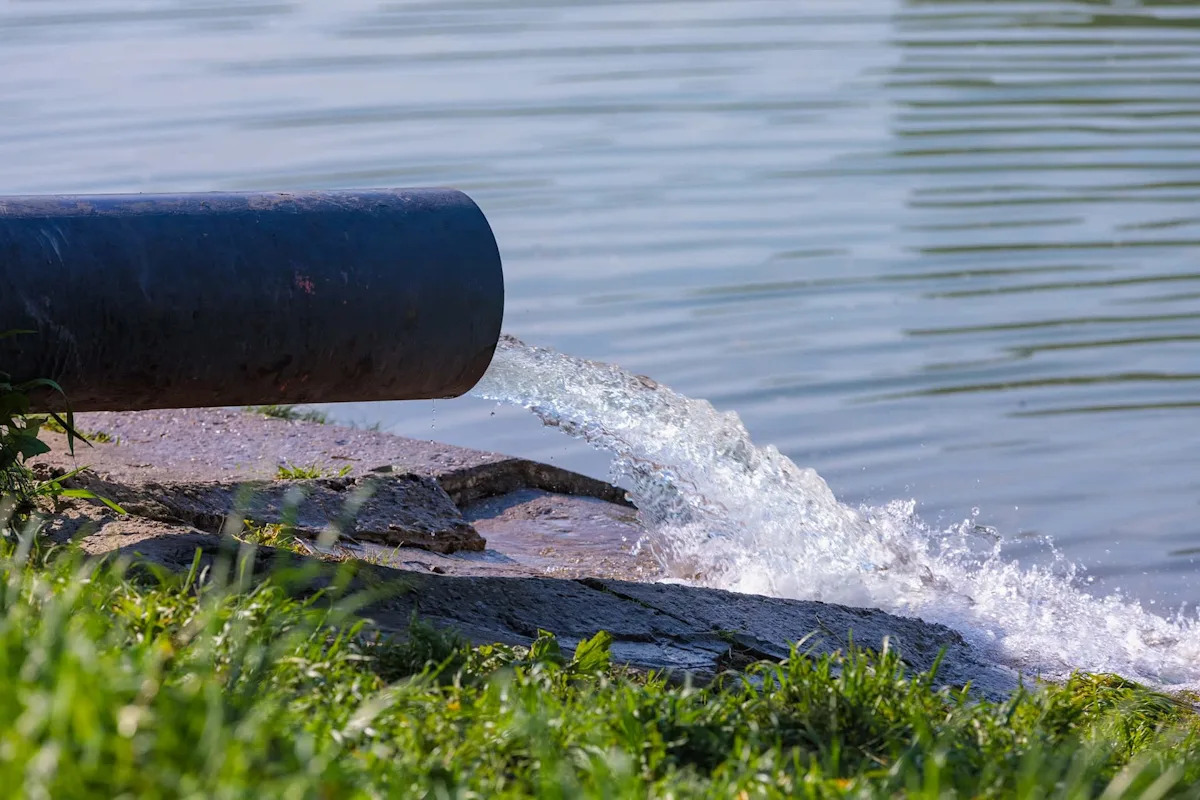Researchers in Korea have discovered a new method that could help to solve one of the biggest issues with the electrolysis process essential to creating hydrogen as an energy source.
According to Interesting Engineering, scientists at the Korea Institute of Materials Science have developed a catalyst that removes corrosive chloride ions from the electrolysis procedure. This could enable the creation of hydrogen from seawater as well as freshwater.
Typically, the electrolysis process works with freshwater. When you use the same methods with saltwater, you’re left with hydrogen and oxygen but also chloride, which eats away at the electrodes required to split the water and create pure hydrogen.
KIMS scientists used MXene, a two-dimensional nanomaterial that they oxidized before combining it with nickel ferrite to create a catalyst that, as Interesting Engineering described, had five times higher current density and twice the durability of conventional catalysts. It also repelled chloride ions, reducing the risk of corrosion.
“This study is significant in that it addresses the issue of chloride ions in seawater by utilizing the novel material MXene,” said project lead Juchan Yang, per IE. “We are actively conducting follow-up demonstration research to advance this technology into a sustainable hydrogen production solution.”
Hydrogen — and especially “green hydrogen,” or hydrogen produced with renewable energy — has gained some attention as the world seeks more renewable alternatives to oil and gas, aiming to reduce the generation of heat-trapping pollution and diversify the energy mix. However, the drawbacks of the fuel can be significant.
Hydrogen is costly to produce and can require immense amounts of power, defeating the purpose of creating it in the first place, especially in the cases where dirty fossil fuels are a part of the process. On top of that, with freshwater becoming a more rare and precious commodity in many parts of the warming world, using it to create energy poses its own set of problems.
Meanwhile, this development may open a massive opportunity for hydrogen fuel production to become a bigger part of the energy mix, potentially making saltwater a viable pathway for its generation and ensuring that freshwater can be saved for more essential needs, like drinking and irrigation.
Join our free newsletter for weekly updates on the latest innovations improving our lives and shaping our future, and don’t miss this cool list of easy ways to help yourself while helping the planet.
